Industry Background
About 70% of the world's remaining oil resources are heavy oil. Heavy oil has higher viscosity, higher density, poor fluidity and temperature sensitivity than light crude oil. Conventional recovery methods are difficult to develop economically and efficiently.
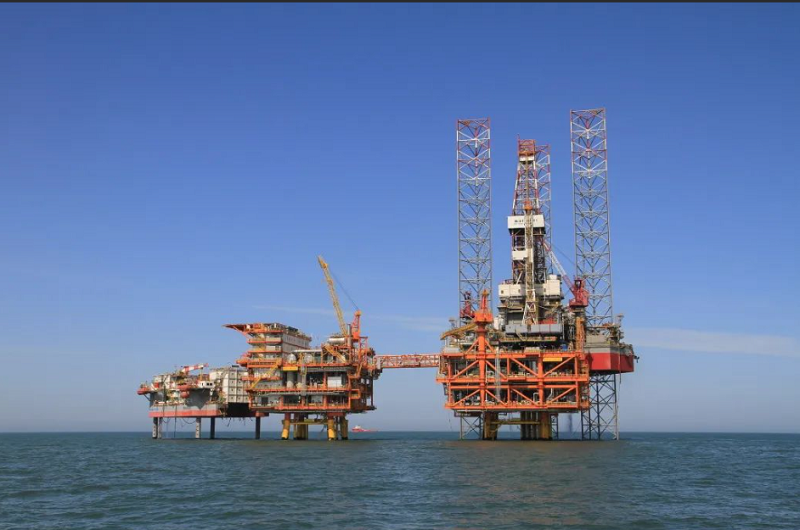
(Images for reference only)
Due to the different properties, the oil recovery processes of heavy oil and conventional crude oil are also very different. Thermal methods are common methods for heavy oil extraction. The key point is to improve the mobility of heavy oil in reservoirs, wellbores and pipelines. The steam-assisted gravity drainage and steam flooding techniques can increase the temperature of the underlying crude oil and reduce the viscosity of high-viscosity crude oil at the bottom of the well. This increases the crude oil recovery rate. At present, thermal recovery of heavy oil has occupied a relatively important position in the petroleum industry.
Application System
Heavy oil refers to high viscosity and high density crude oil. Heavy oil has high flow resistance, making it difficult to flow from the reservoir into the wellbore or to be lifted to the surface. For heavy oil that has flowed into the wellbore, viscosity reduction or dilution methods are used, while for heavy oil in the reservoir, thermal extraction methods are employed, which can be divided into two categories in terms of heating the reservoir. One involves injecting fluid into the reservoir, such as injecting hot water or steam flooding. The other involves generating heat by burning within the reservoir, referred to as in-situ combustion or burning of the reservoir (fire flooding). The most widely used method is steam flooding technology.
Operation Principle
Steam-driven technology is a method to increase heavy oil production by continuously injecting high-temperature steam into oil wells through steam huff and puff technology. By periodically injecting steam into the oil wells, a large amount of heat is brought into the reservoir. The injected heat significantly reduces the viscosity of the crude oil, thereby enhancing the flowability of the crude oil in the oil well. The steam drive causes the reservoir to continuously move towards nearby production wells, thus increasing production. The steam puff process includes the following three stages: steam injection, well soaking and oil recovery.
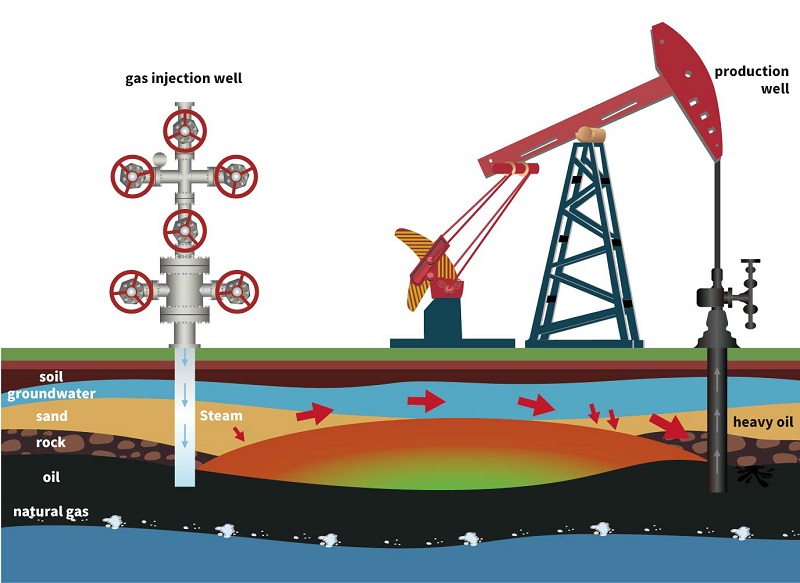
(Schematic diagram of heavy oil thermal recovery)
Steam injection and oil recovery are carried out simultaneously. On one hand, heating the reservoir reduces the viscosity of the crude oil, and on the other hand, it replenishes the energy in the formation and displaces the crude oil. The combined effect of these two processes can achieve a maximum recovery rate of 60% to 80%.
Solutions
Hot steam in heavy oil thermal recovery can reach temperatures up to 400 ℃ and pressures up to 20 MPa. For accurate measurement of high-temperature and high-pressure steam, pressure transmitters are required for pressure measurement. Due to the high working pressure and temperature of the steam, it is recommended to consider the following two order guides of pressure transmitter :
1. Choose a flange diaphragm pressure transmitter with a capillary remote installation.
Due to the high viscosity of heavy oil, in order to prevent high-viscosity media from blocking the sensing element, it is necessary to increase the contact area of the sensing element and reduce the risk of blockage. Flange diaphragm pressure transmitters can measure the pressure of liquid or gas media with strong corrosiveness, high viscosity, easy crystallization, and solid particles. By installing a flush ring at the connection, when the media adhere to the diaphragm, the diaphragm can be flushed with fresh water through the flush port to improve the accuracy and lifetime of the pressure transmitter.
Due to the high design temperature of steam, reaching up to 400℃, and the operation temperature up to 350℃, it is necessary to use high-temperature resistant silicone oil for filling the capillary to prevent damage to the pressure transmitter caused by high-temperature steam.
2. Use a conventional pressure transmitter for remote installation with a condensation tank
In order to ensure the normal operation of the pressure transmitter in high-temperature and high-pressure steam environments, the pressure transmitter generally needs to be installed remotely. At the same time, a condensation tank is installed as a device to ensure the balance and stability of the condensate level.
The interface on the left side of the condenser is connected to the pressure tapping hole of the pipeline; the lower interface is connected to the transmitter through the pressure guiding pipe; the interface on the right side is the discharge port; the upper interface is the liquid injection port. When heat is not injected in winter, the liquid needs to be drained in time to prevent freezing.
The high-temperature steam is continuously cooled in the condensation tank due to heat exchange with the environment. When the cooled temperature of the steam is lower than the saturation temperature under the saturated vapor pressure, part of the steam will condense into water and precipitate. As a result, the condensation tank continues to rise until it reaches the horizontal interface connected to the sensor. The condensate that continues to condense will return to the steam pipe through the horizontal pressure pipe connected to the sensor. Inject water into the injection hole above the condensation tank so that the liquid level reaches the horizontal interface connected to the sensor to keep the condensation water level stable. In this way, high-temperature steam will not come into direct contact with the pressure transmitter detection element and damage the pressure transmitter.
Recommended Products
During the heavy oil thermal recovery process, Micro Sensor can provide multiple intelligent measuring instruments according to the operation conditions, such as intelligent pressure transmitters, level transmitters, temperature transmitters, flowmeters, etc. These instruments can be used to record, monitor, and control specifications in the production process at different monitoring and control points.
1. MDM7000-LP Intelligent Differential Pressure Transmitter With Remote Diaphragm Seal
| • Range: 0.4bar~30bar; • Accuracy: ±0.05% URL (Diaphragm seal effects); • Operation temp.: -10°C ~ 70°C; • Output: 4mA~20mA DC+HART; 4mA~20mA DC+HART (Intrinsically safe) Modbus-RTU/RS485; • Certifications: NEPSI, ATEX, IECEx, CSA, CE, RoHS, IP67, HART. |
2. MDM7000 General Intelligent Differential Level Transmitter
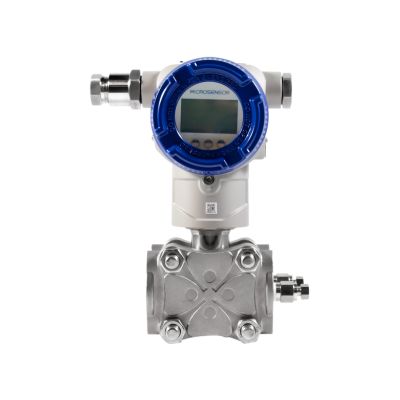 | • Range: 0.02bar~400bar • Accuracy: ±0.075%, ±0.1%, ±0.2% • Stability: ±0.1%SPAN/5 Years • Operation temp.: -40°C ~ 85°C • Output: 4mA~20mA DC+HART, Modbus-RTU/RS485 • Power supply: 16.5V~55V DC • IP Rating: IP67 • Certifications: Intrinsically safe (NEPSI), Explosion-proof (NEPSI), Explosion-proof (CSA), CE (TÜV SÜD), RoHS, IP67, HART foundation member |
3. MTM4831 Temperature Transmitter
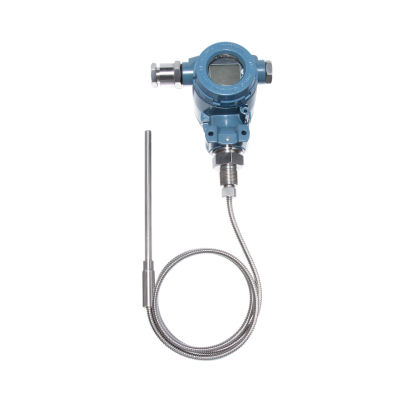 | • Range: -200°C~0°C~500°C; • Accuracy: ±1.0%FS (-200°C...0°C~500°C); ±0.5°C(-40°C...0°C~150°C );±0.25°C(-20°C...0°C~105°C ); • Operation temp.:-25°C~70°C; • Output: 4mA~20mA DC; 4mA~20mADC+HART; 4mA~20mADC+RS485; RS485; thermal resistance; • Certifications: Explosion-proof, intrinsically safe, CCS. |
4. MFE600E Electromagnetic Flowmeter
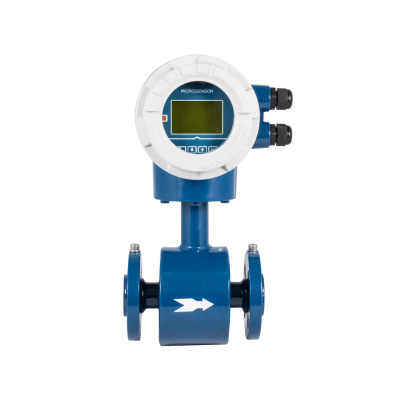 | • Range: Diameter DN25~DN200 • Accuracy: ±0.2%FS; ±0.5%FS • Operation temp.: -40°C ~ 60°C • Output: 4mA~20mA DC; Hart; Frequency, Pulse; RS485 (ModBus protocol) RS232 output • Certifications: TS, CNEX, CE, CCS |
Conclusion
In heavy oil thermal recovery, the viscosity of the medium is typically greater than 6000 cP. In order to prevent high-viscosity media from blocking the sensing element, it is necessary to increase the contact area of the sensing element and reduce the risk of blockage. In this project, flange diaphragm pressure transmitters are used and equipped with a flush ring. When the media adhere to the diaphragm, the diaphragm can be flushed with fresh water through the flush port to improve the accuracy and lifetime of the pressure transmitter.
When the operating temperature of the medium is higher than 120 °C and the viscosity of the medium is ≥ 500 cP, flange diaphragm and capillary pressure transmitters are used, and the capillary is filled with silicone oil to meet the design temperature requirements of the process medium. Only by combining the actual process conditions, the measured medium and other factors, optimized selection and installation ensure the excellent use of the instrument.
MicroSensor's professional pre-sales and after-sales technical support teams ensure pressure monitoring needs in special working conditions. Based on the properties of the medium in the heavy oil thermal recovery platform, our technical support staff conducted a detailed analysis on the selection and installation of the intelligent pressure transmitter. This effectively improves the accuracy and service life of the pressure transmitter and ensures safe and smooth customer on-site production.
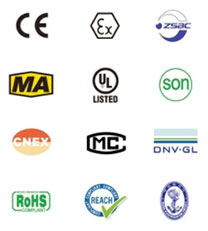
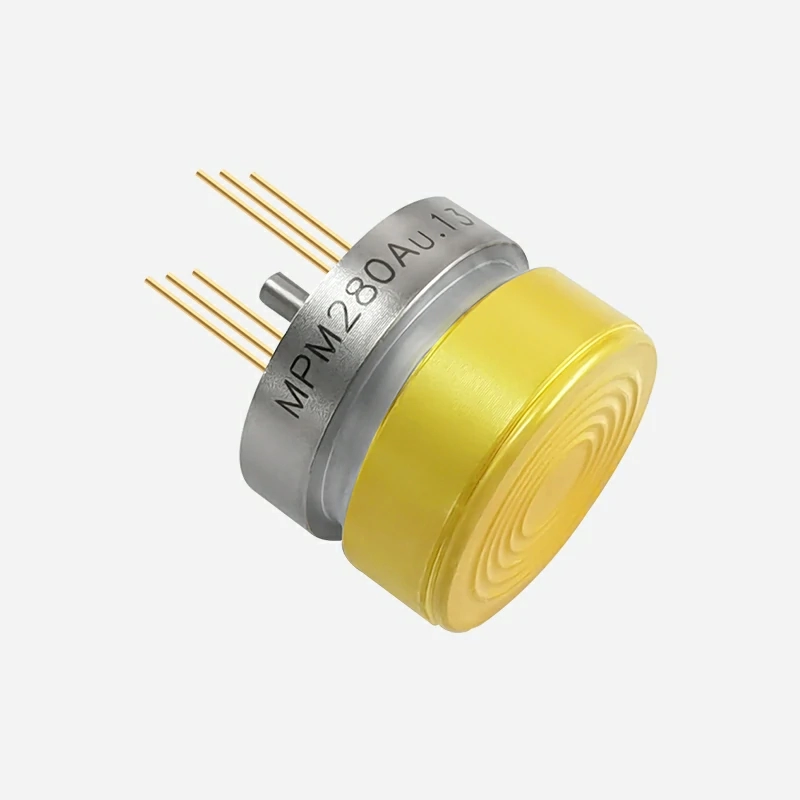
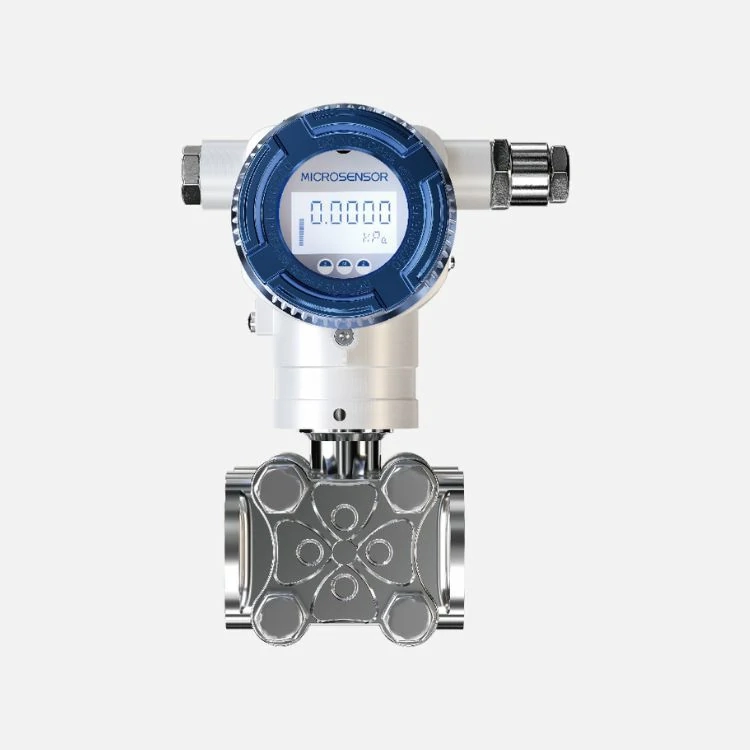
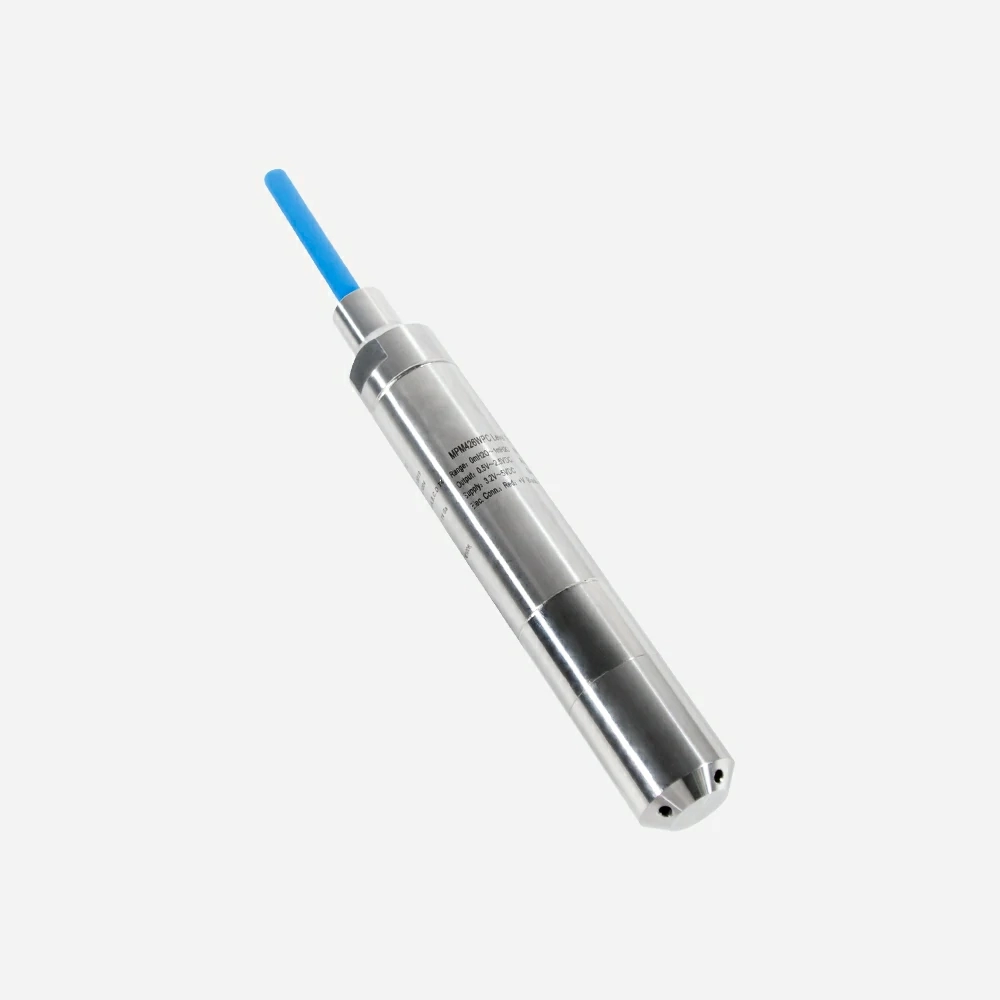
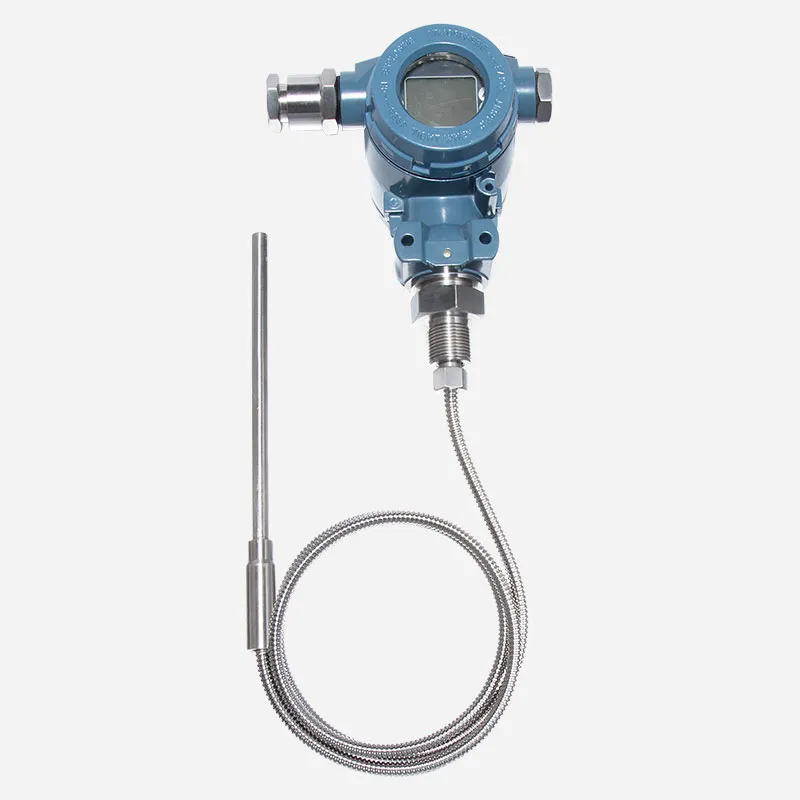
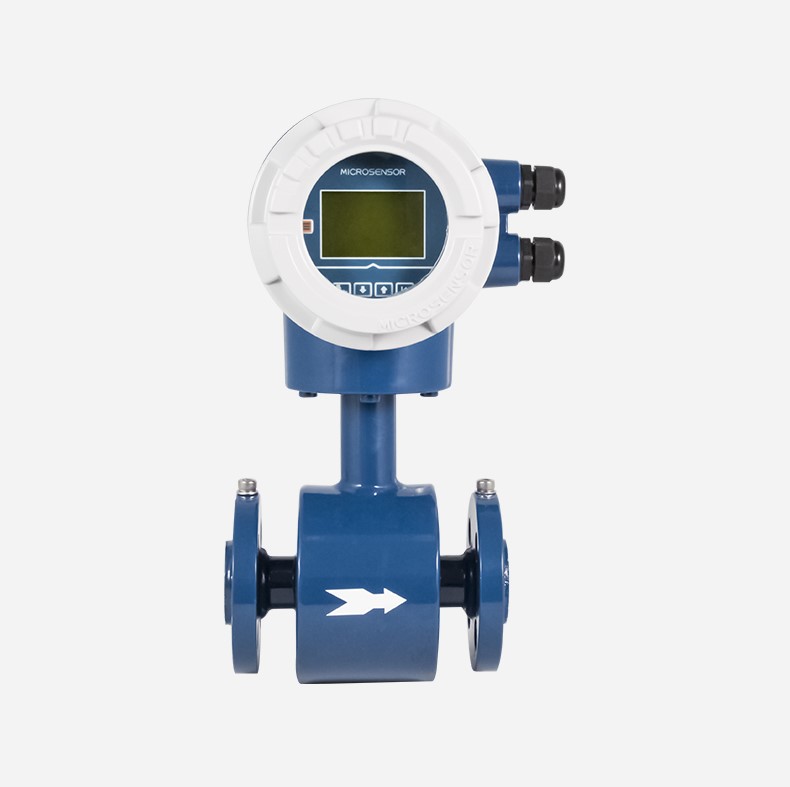
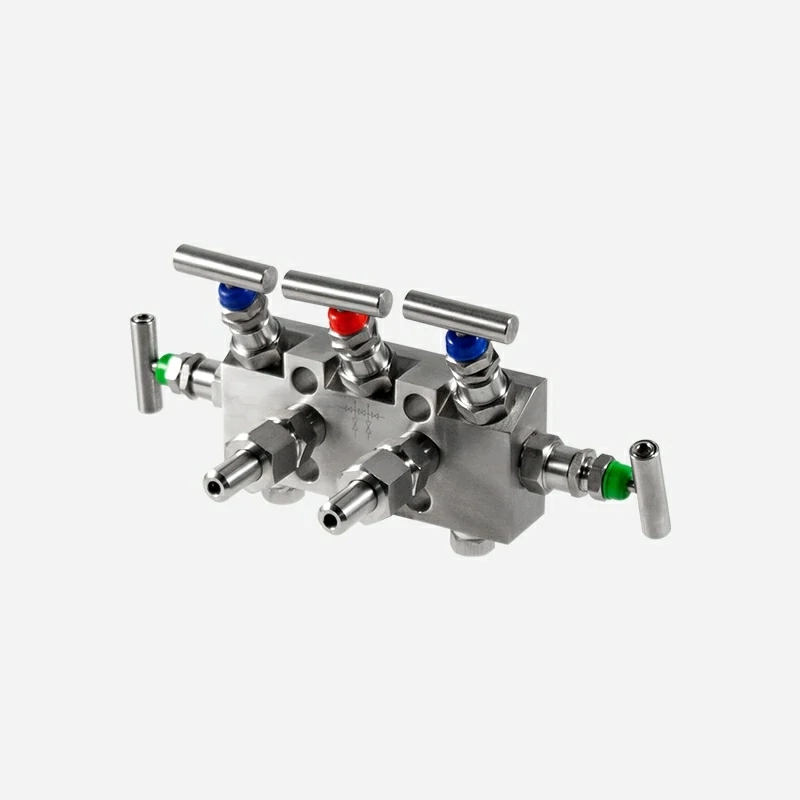
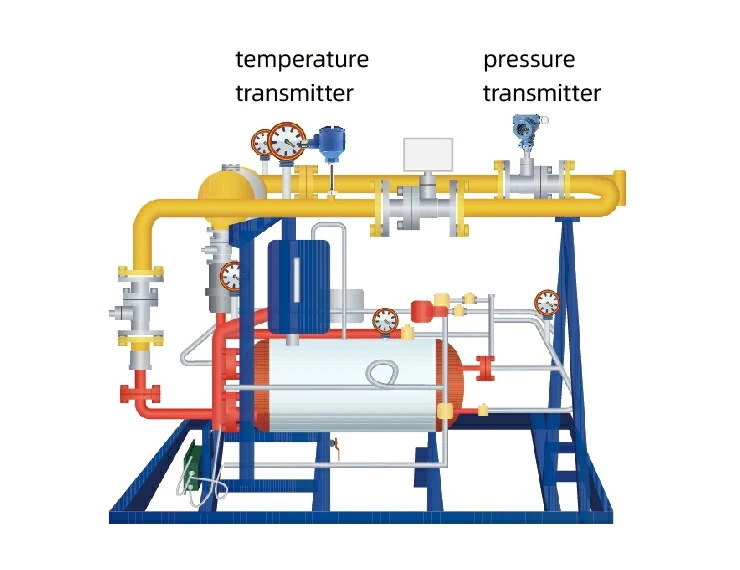
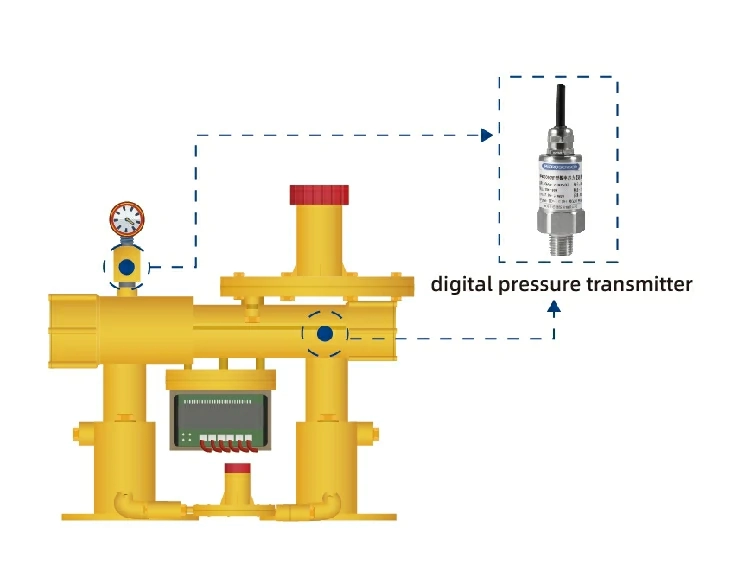
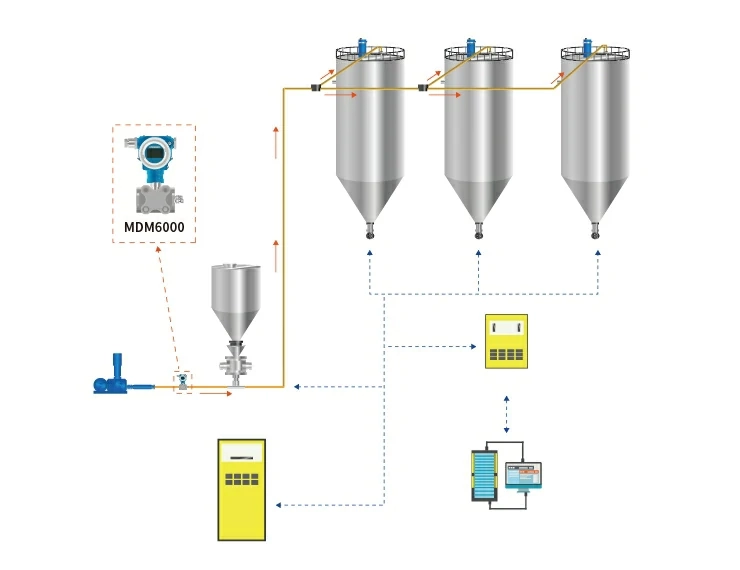
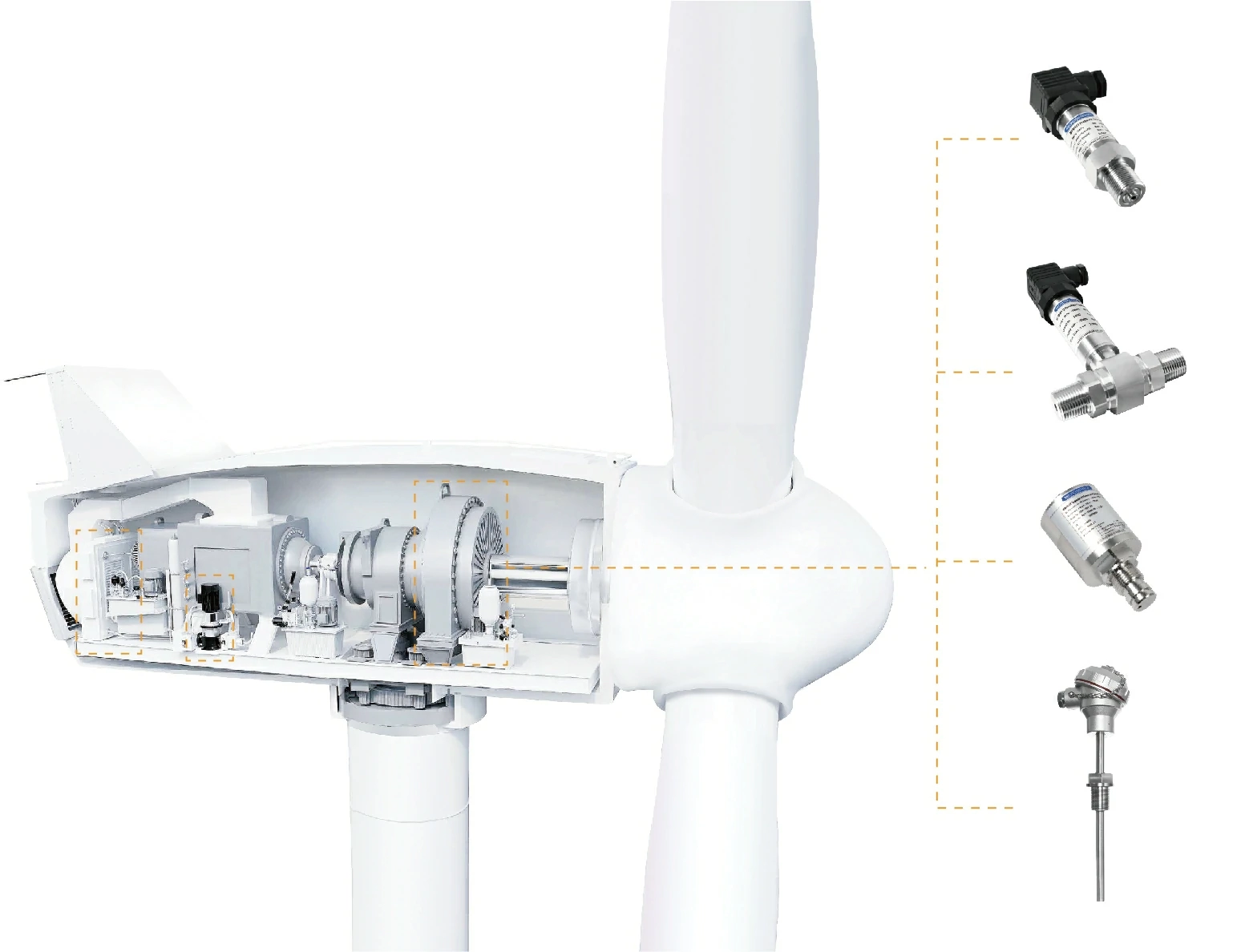
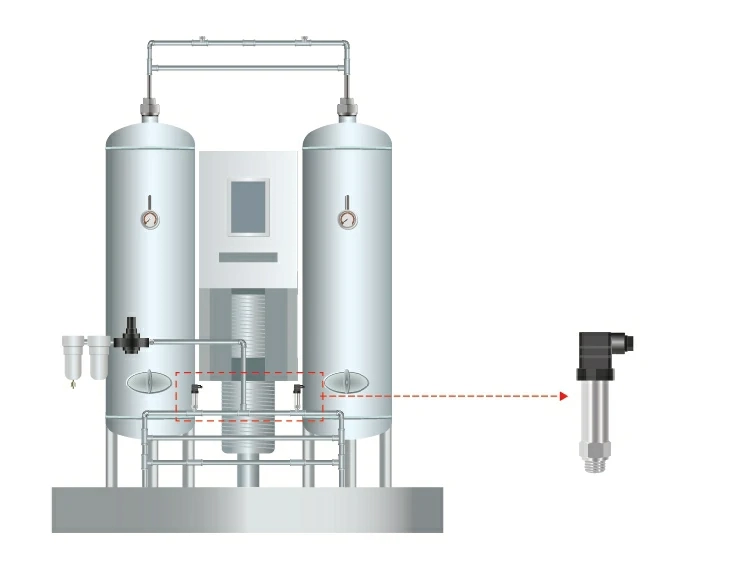
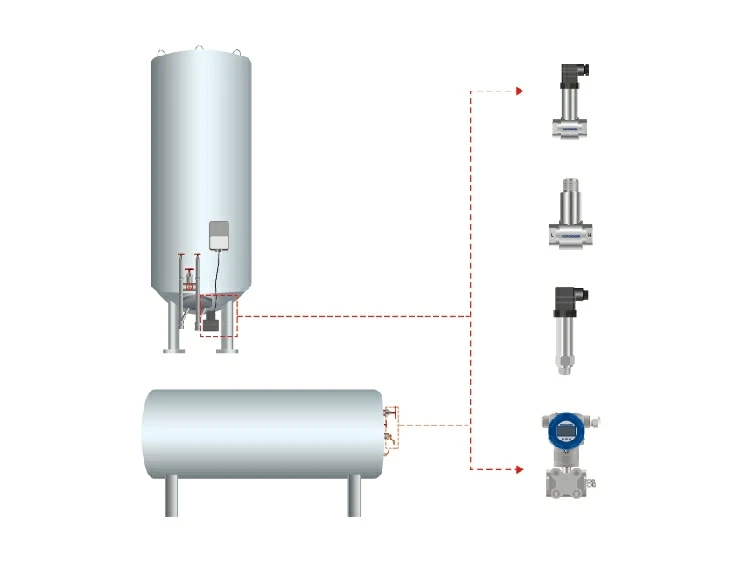
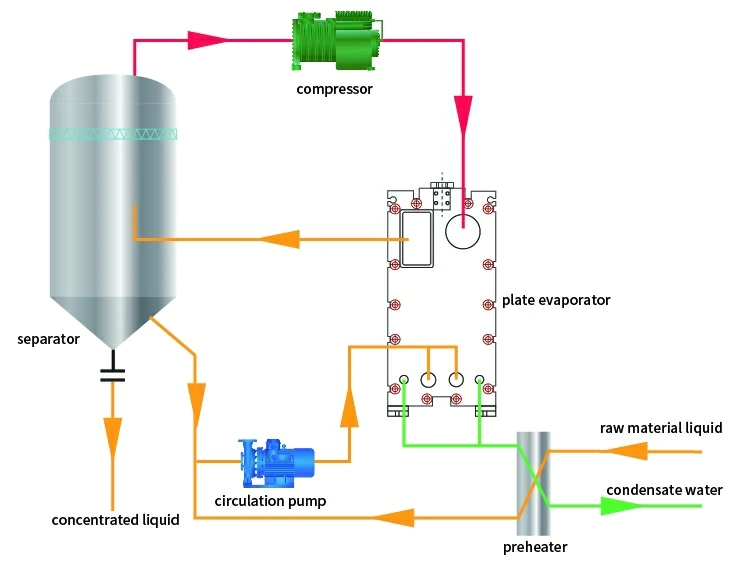
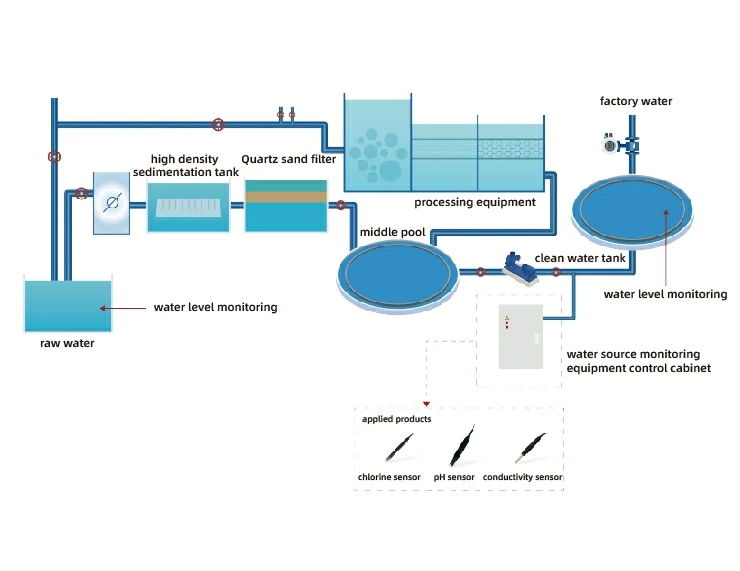
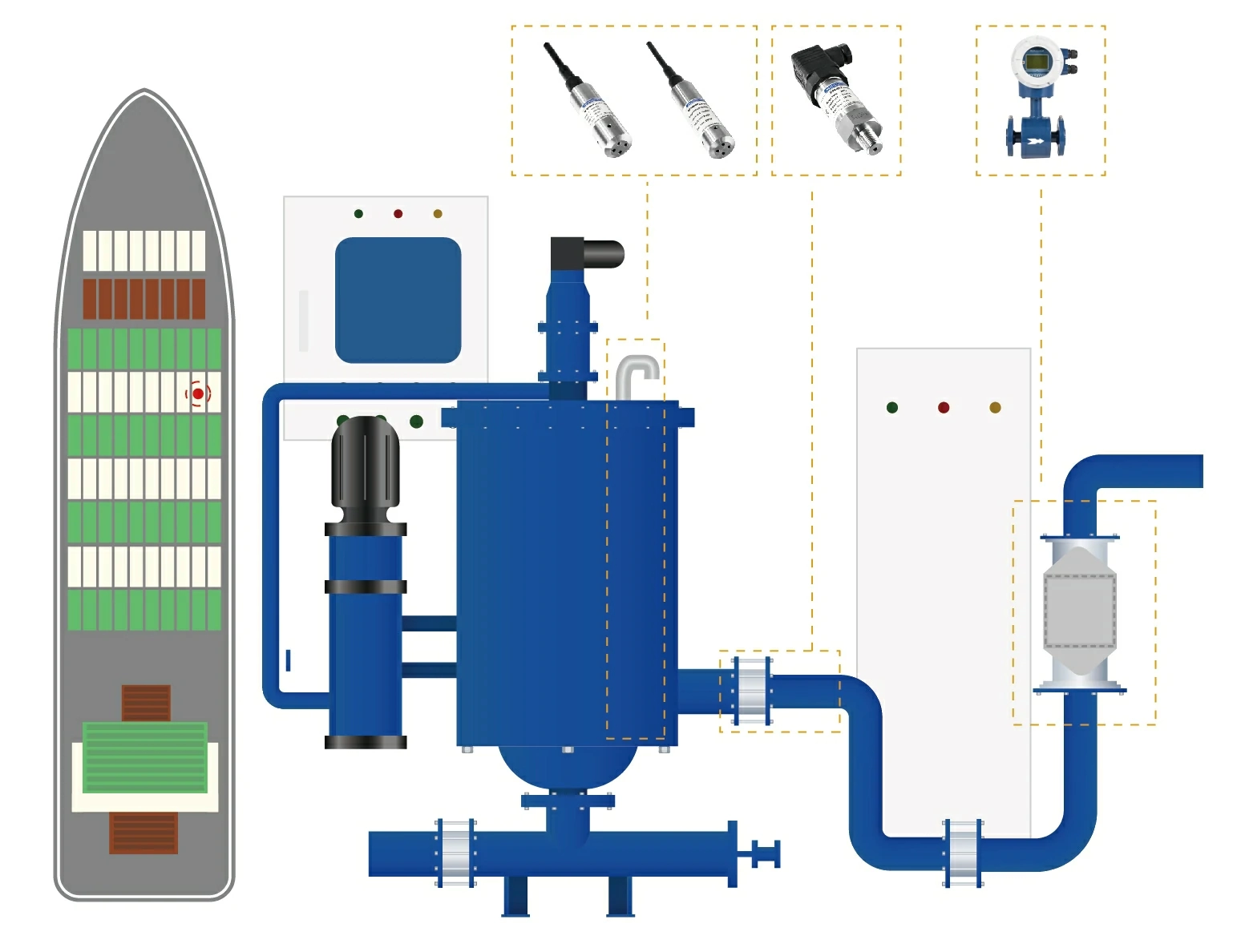
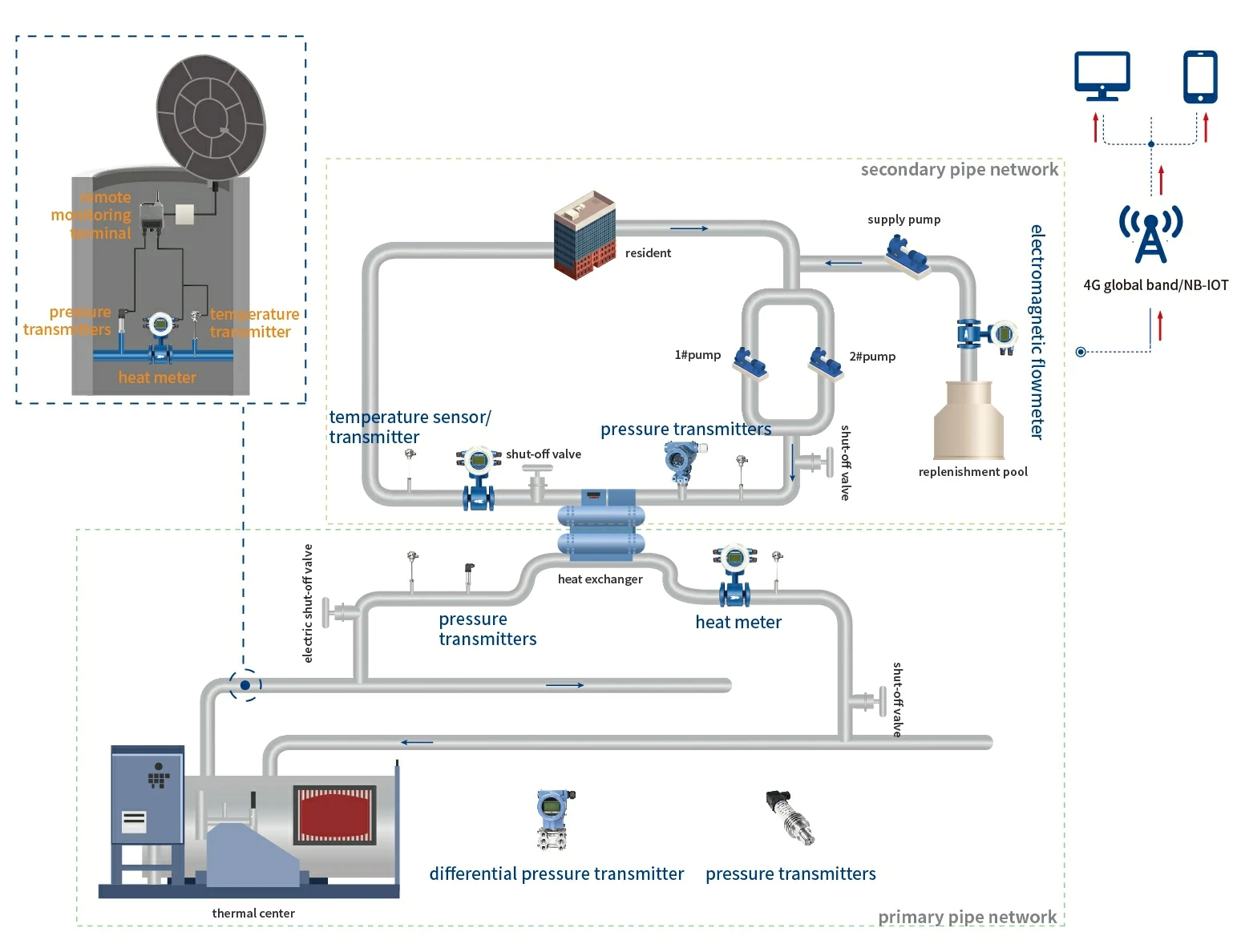
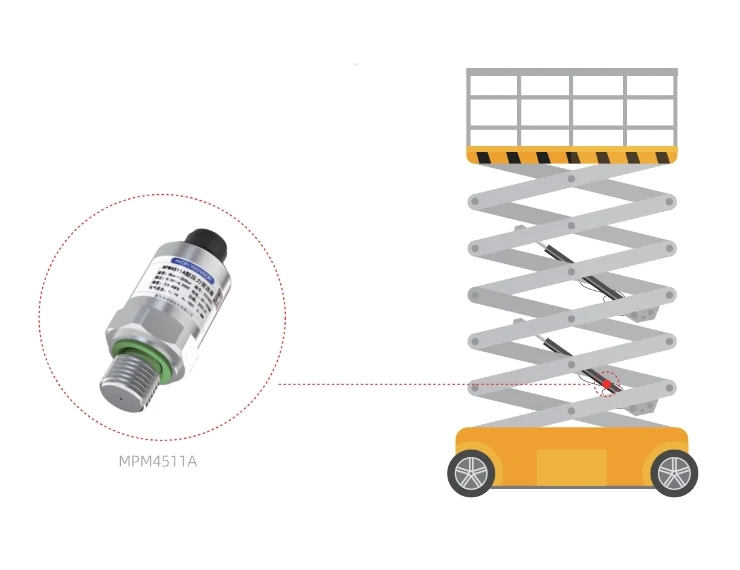
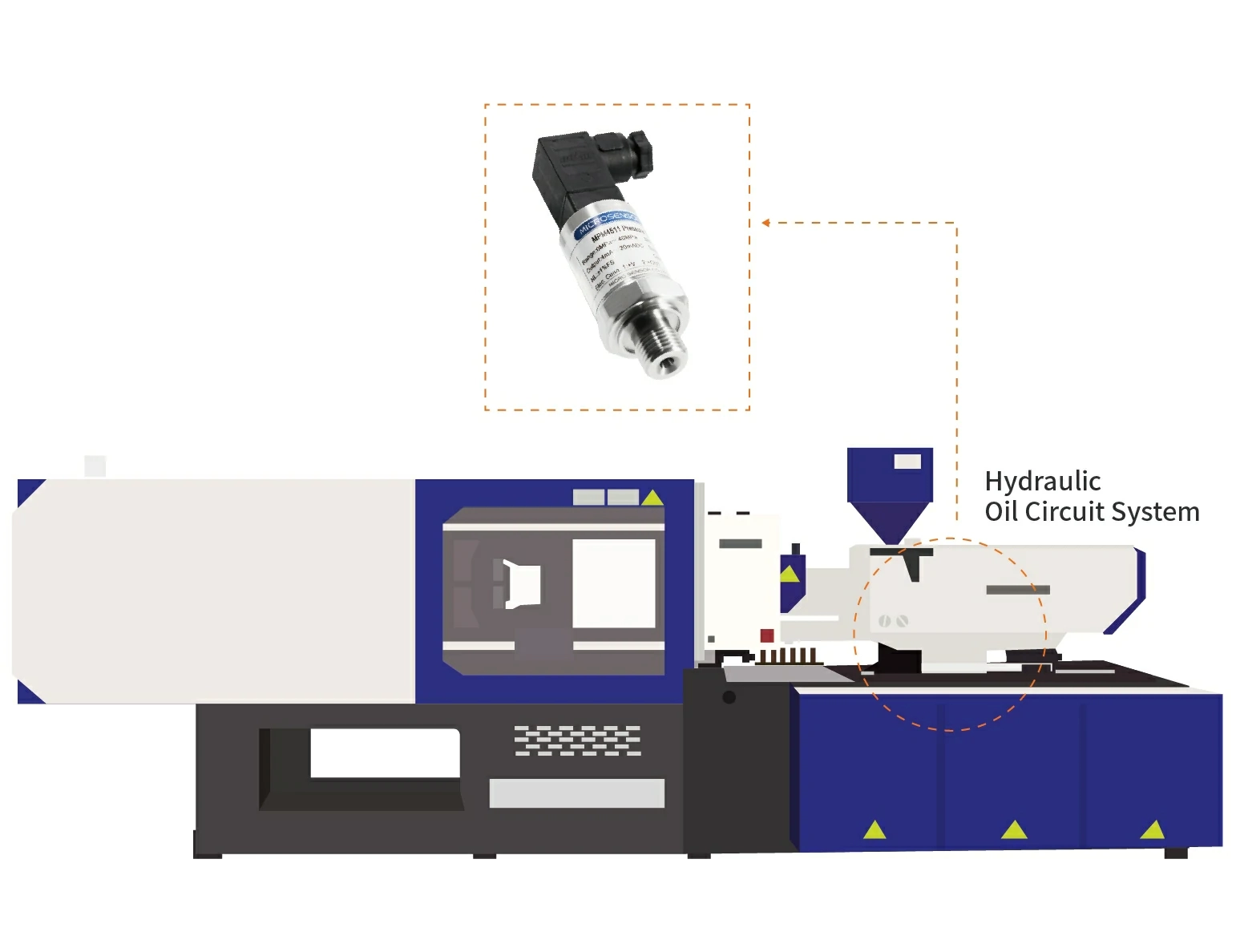
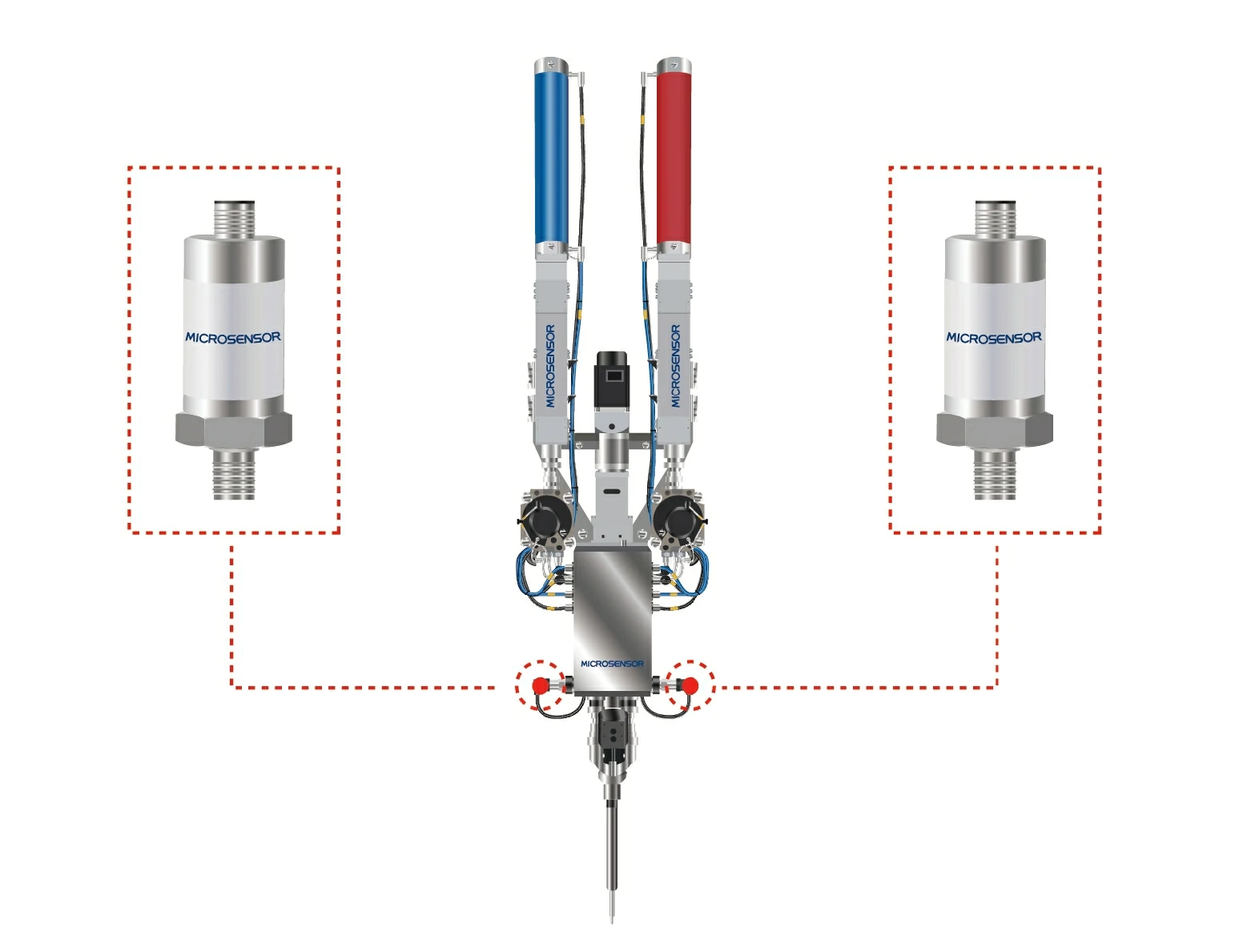
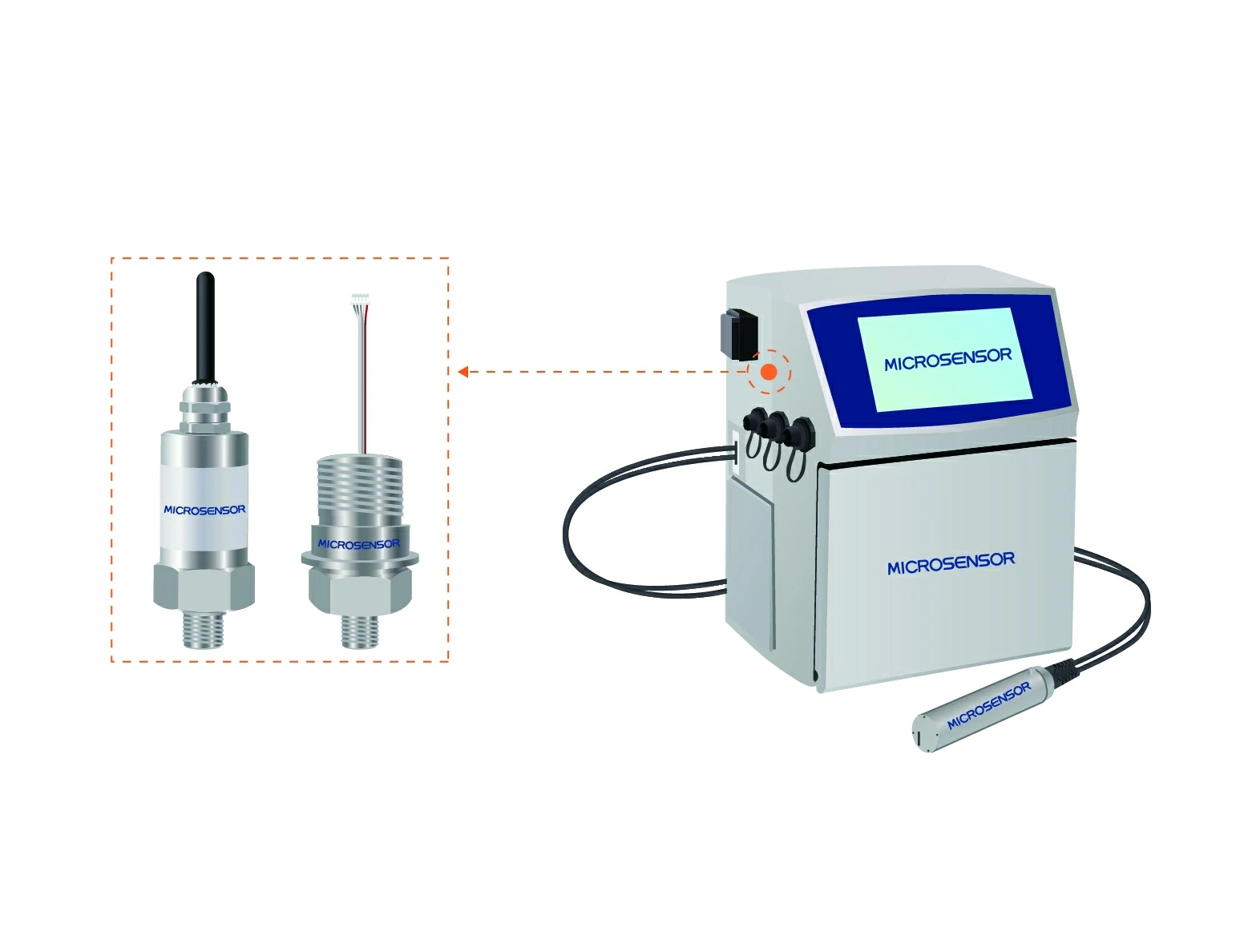
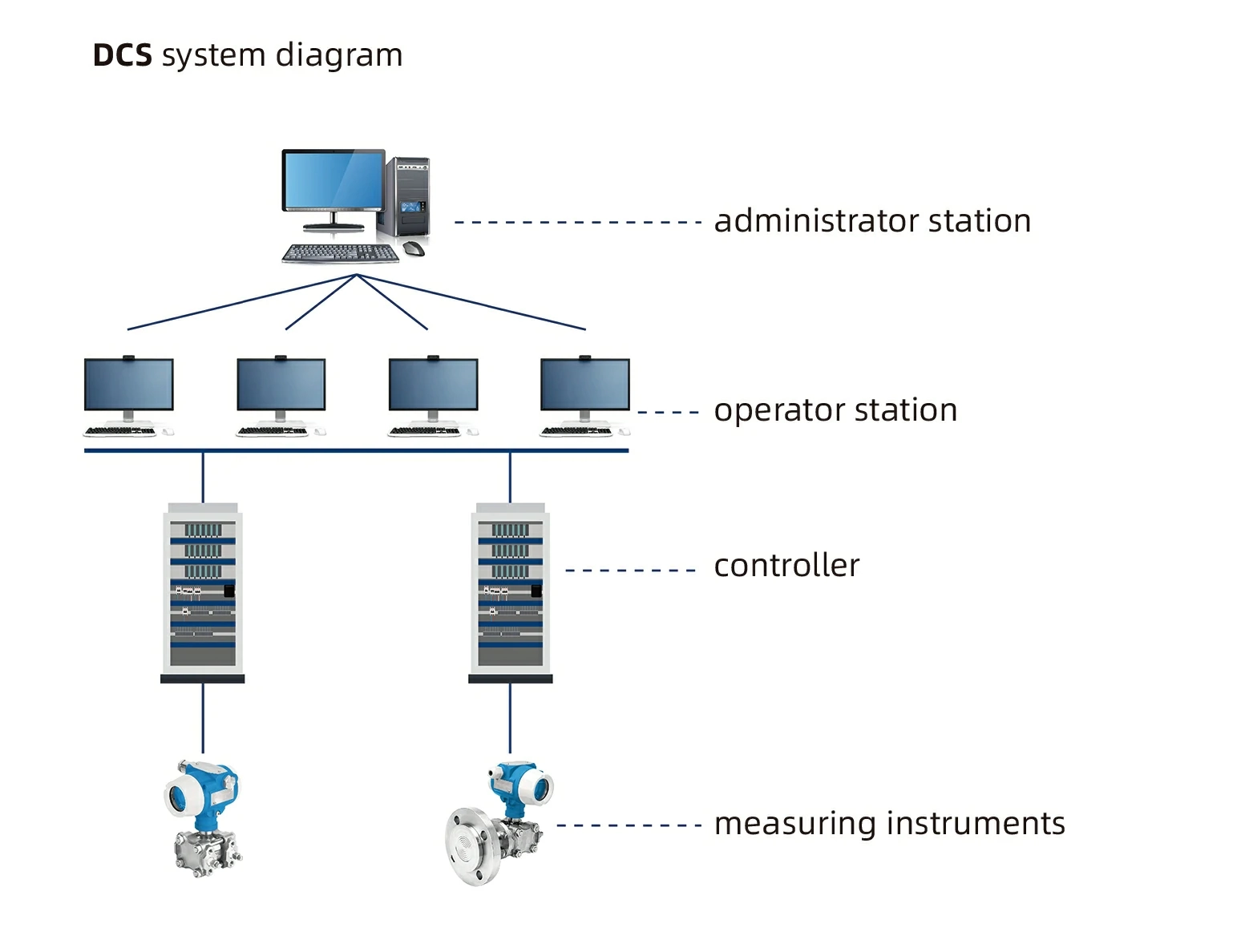
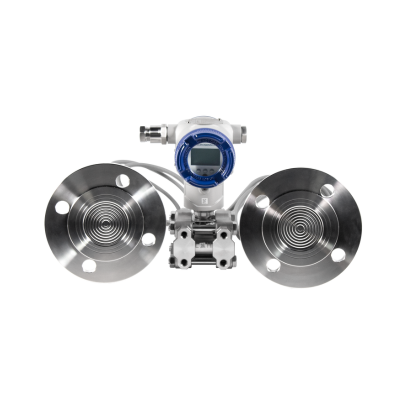
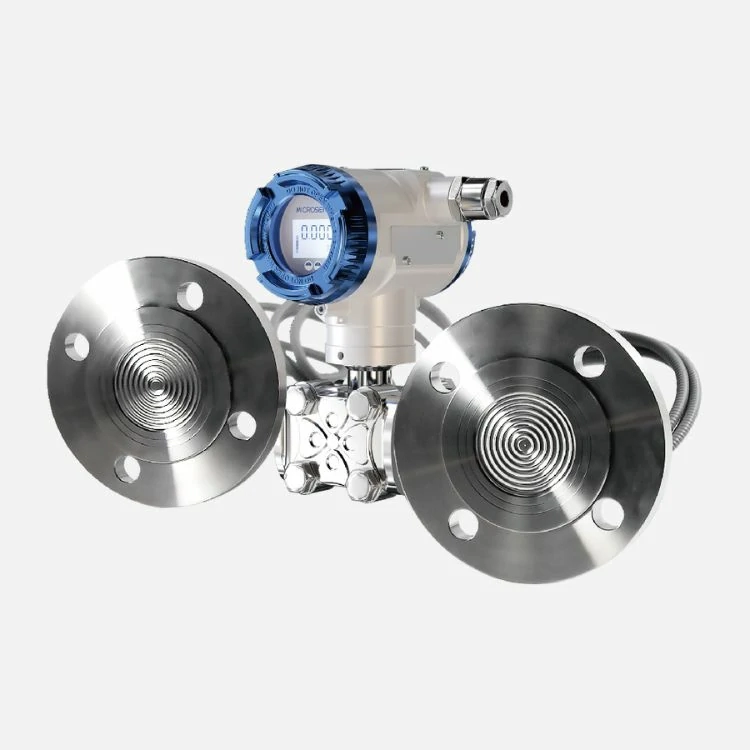
 Copyright © 2024 MICRO SENSOR CO., LTD
Copyright © 2024 MICRO SENSOR CO., LTD



